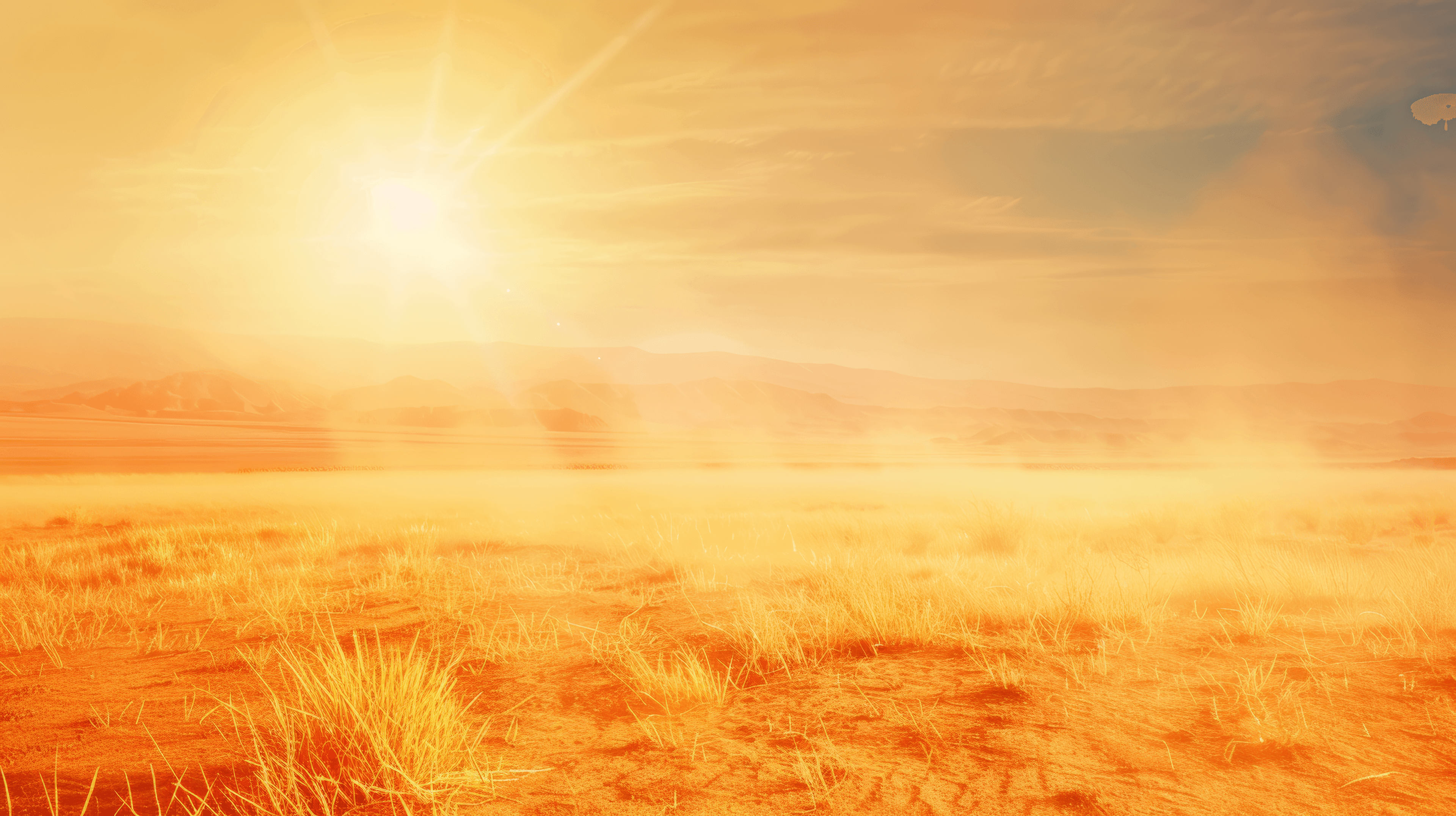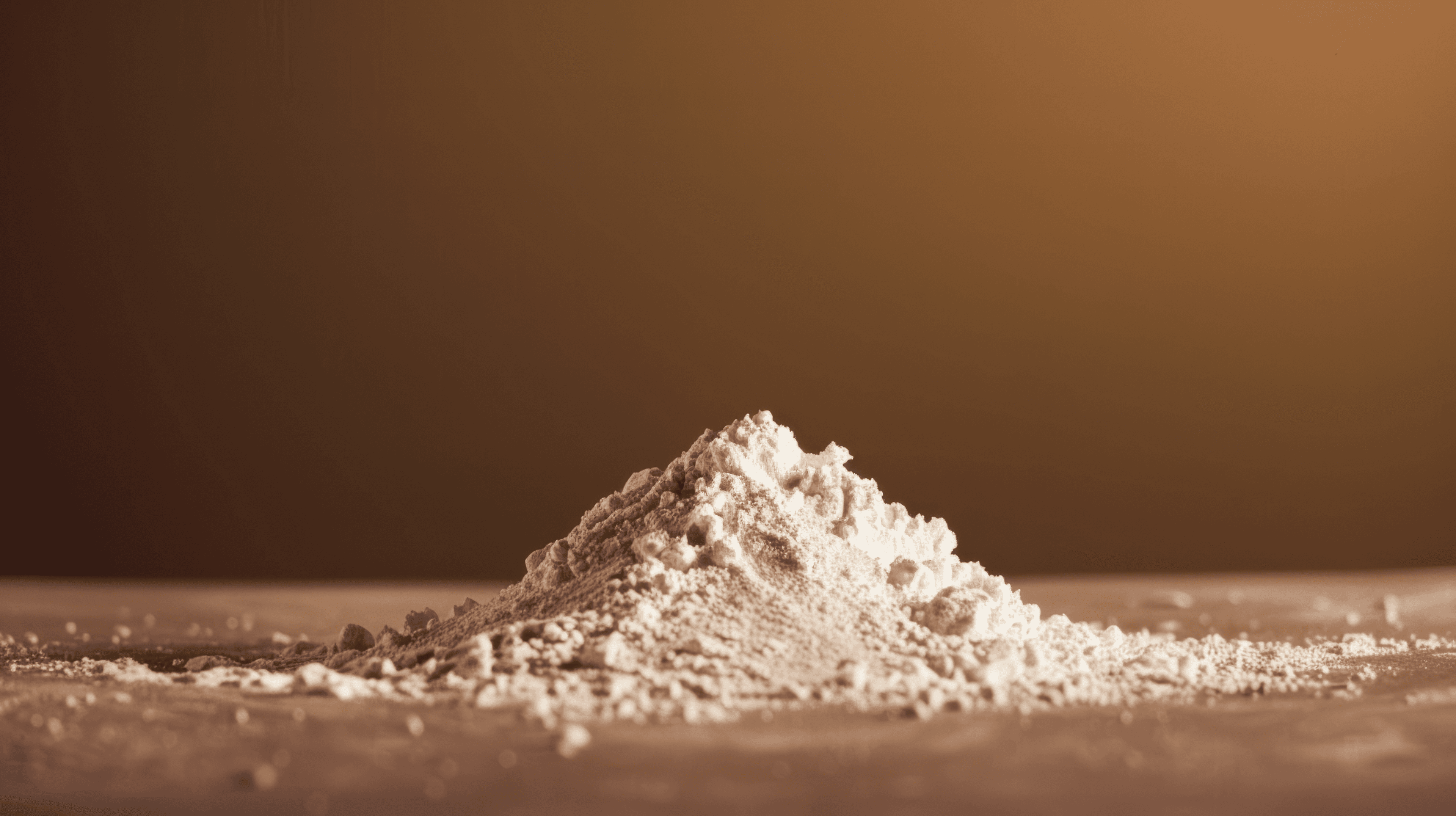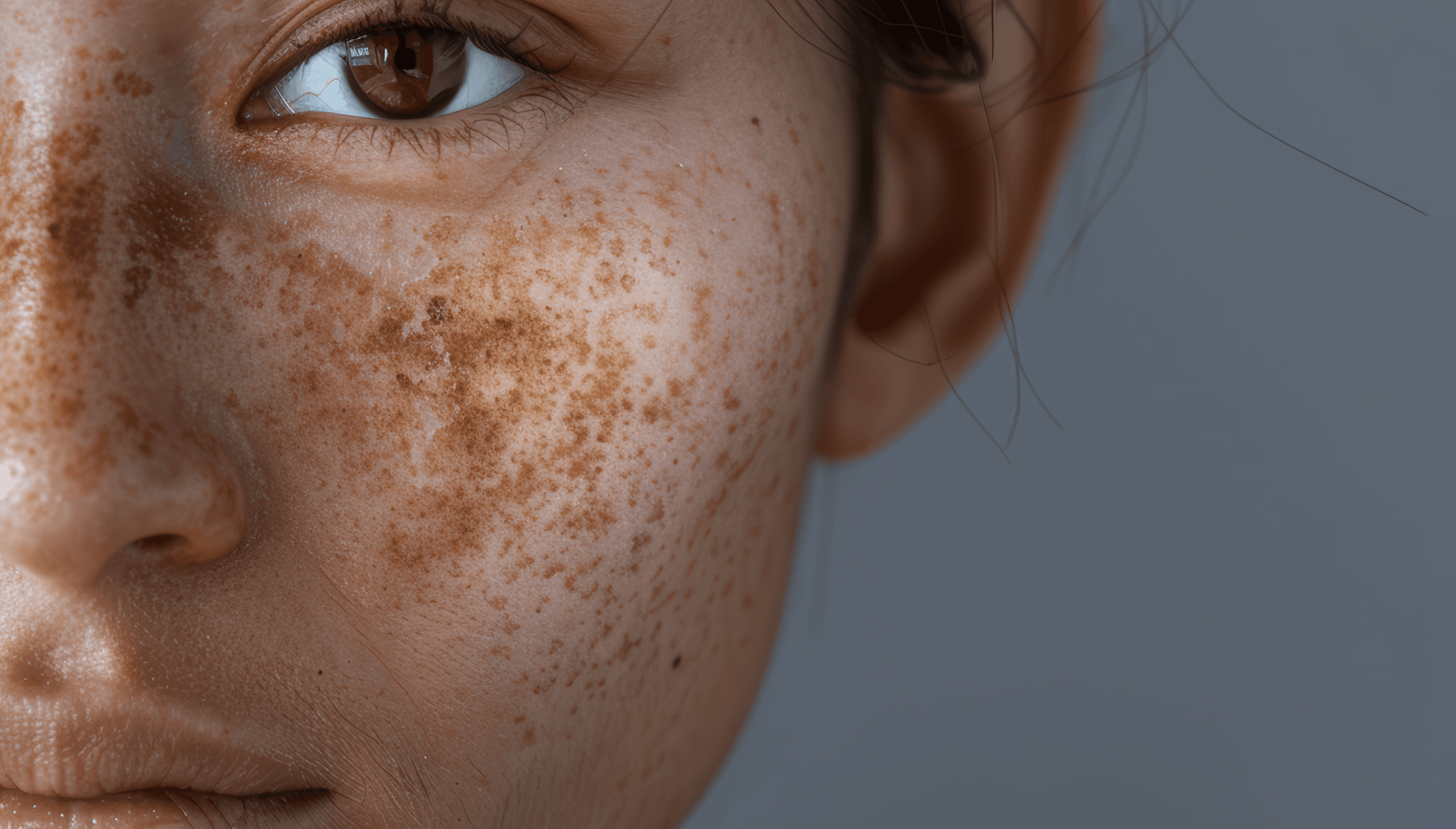How UV Radiation Damages Your Skin: The Science Behind Photoaging
Troels Marstrand, Ph.D.
March 21, 2024


We all know that excessive sun exposure is not great for your skin, and that the accumulation of too much sun leads to accelerated aging – but what is actually happening to the skin? And just how bad is it? In this post we dive into the science of UV damage and give an overview of the multiple deteriorating effects of excessive sun exposure. As a new thing this post is also available in a more detailed version (more geeky science) for those that really want to go deep. You can find this alternative version here
What is UV radiation?
Our skin is constantly exposed to sunlight, and while some sun exposure is beneficial for vitamin D production, excessive exposure to ultraviolet (UV) radiation can lead to premature skin aging, also known as photoaging.
There are two main types of UV radiation that affect your skin: UVA and UVB.
- UVA has a longer wavelength (320-400 nm) and penetrates deeper into the skin, reaching the dermis. It's the main culprit behind photoaging.
- UVB has a shorter wavelength (280-320 nm) and is mostly absorbed by the epidermis. It's responsible for sunburns and plays a key role in skin cancer development.
How UV Damages Skin
1. DNA Damage: UVB directly damages DNA by causing structural changes like cyclobutane pyrimidine dimers (small knots on the DNA string). If not repaired, these mutations can lead to skin cancer. UVA also indirectly damages DNA via oxidative stress.
2. Collagen Breakdown: UVA penetrates deep into the dermis and stimulates enzymes called matrix metalloproteinases (MMPs) that break down collagen and elastin fibers. This leads to wrinkles, sagging, and loss of skin elasticity.
3. Oxidative Stress: Both UVA and UVB generate reactive oxygen species (ROS) in skin cells. These unstable molecules damage cellular components like proteins, lipids and DNA, contributing to skin aging.
4. Inflammation: UV exposure activates inflammatory pathways in the skin, leading to the breakdown of collagen and accumulation of abnormal elastin. Chronic inflammation is a hallmark of photoaged skin.
5. Pigmentation: UV stimulates melanocytes to produce excess melanin, leading to age spots, freckles and uneven skin tone.
Factors Increasing UV Damage
Apart from inadequate sun protection other factors can contribute to accelerated aging from UV exposure. Both early exposure and co-factors can contribute to a high propensity of damage, specifically:
- Childhood sun exposure seems to disproportionately increase lifetime skin cancer risk
- Ozone depletion has increased UVB levels on earth
- Outdoor air pollution combined with UV has synergistic aging effects
- Indoor pollution like cooking fumes and tobacco smoke also contribute to skin aging
Protecting Your Skin
To minimize photoaging, protect your skin with:
- Broad-spectrum sunscreen that blocks both UVA and UVB
- Protective clothing, hats and sunglasses
- Seeking shade during peak sunlight hours
- Using skincare products with antioxidants like vitamins C and E
- Not smoking and minimizing exposure to polluted air
By understanding the science of how UV radiation ages your skin, you can take proactive steps to shield your skin from damage and maintain its health. Remember, it's never too late to start practicing good sun protection habits for healthier, more resilient skin.
Read next


